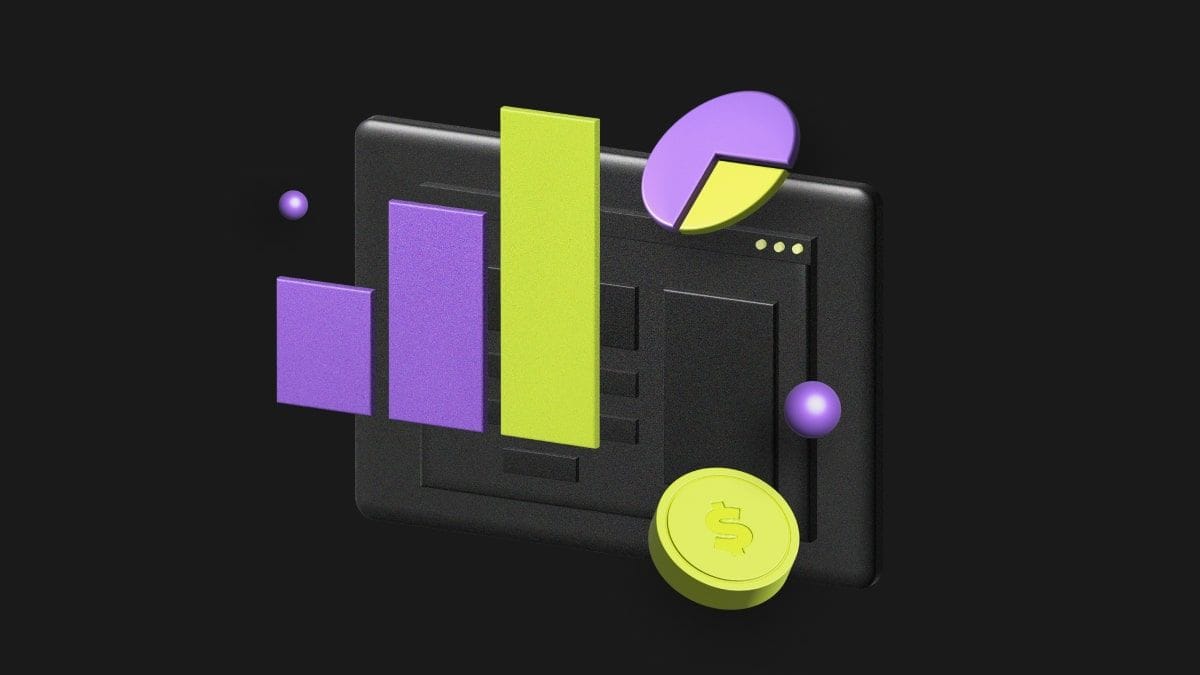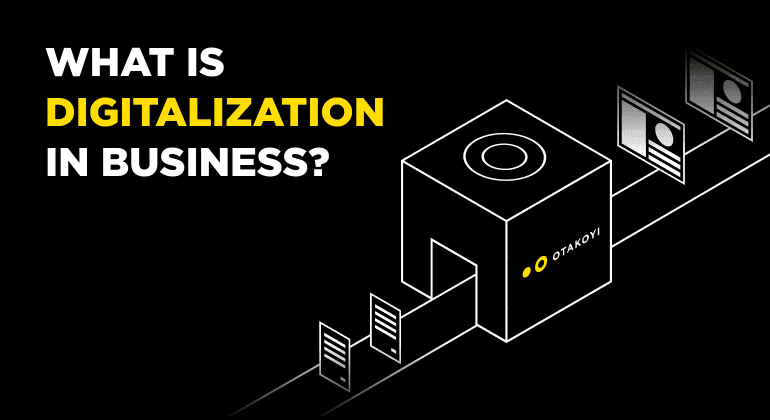When outsourcing software development, you may find yourself on the fence about choosing a suitable pricing model. The most common choice that you will encounter is Fixed Price project vs Time Material. That is why, in this article we are going to talk about what these models are, what are their key features, and when they suit the best.
What is the Fixed Price Model?
As stems from its very name, the Fixed Price model means that the total price of your project is ratified before the work starts and cannot be changed later. In most cases, there is also a fixed deadline that you agree on before the development process starts.
The team members and their number are determined and managed by the Provider in accordance with the scope of work and project's deadline. The service provider can change team size, (extend or decrease the number of people) at any moment, without your approval. But, of course, only if this does not affect the quality or timeline.
It is essential to clarify that after the work starts, you cannot make any changes to the project. Well, you actually may ask to make some changes or add something, but the Provider will treat it as a Change Request and will bill you separately.
This model is quite convenient for many customers since it allows them to know the exact amount of money and time that their project requires from the very beginning. However, it is not suitable for every case.
When Fixed Price is Suitable?
The Fixed Price model suits best for short-term projects (3-6 months) that have narrow functionality and that will not need to be changed along the development process. For this type of Project Budgeting, you would need to have either Technical Specification (TS) or a design, ideally both. You only need skillful people to realize your plan, without you wasting time on management. That is the optimal situation to pick Fixed Price.
Fixed Price: Core Characteristics
- It has a fixed budget, fixed deadline, and a fixed amount of work, so it is very easy for you to calculate your resources.
- No need to be constantly involved in the workflow, which saves time.
- If all essential materials are provided, the Provider bears full responsibility for the development process and end-product.
- After both parties sign the contract, you cannot make any changes or additions within the agreed budget.
- Unless you have a decent TS or design, there will be 1-2 weeks Project Estimation phase, aimed at evaluating the project and possible risks.
- Without a detailed TS and design, the end-result might not match your expectations.
- Fee rates are a bit higher than in other pricing models since a service provider needs to cover the costs of probable issues.
What is Time and Materials Model?
Here, in contrast to Fixed Price, you are paying not for the clearly determined scope of work, but for the developer's time spent on performing a particular task. The time needed for a task accomplishment is defined before the work starts.
The project may have changes in between, thus, the development itself could be more flexible. You can be a part of the process and set priorities, deciding which features you want to get first. In contrast to FP, you know the exact number of team members, their rates, and their foretasted involvement on the project. You can control the budget by moderating member's engagement.
To make it clearer, let’s see how OTAKOYI operates by T&M. In most cases, the process looks like this:
- After analyzing your project, we provide you with the minimum and maximum cost of the development so that you can estimate your budget.
- Then, your project is divided into various tasks and milestones that are separately estimated.
- After we assess the first scope of tasks, we inform you about how many employees and human hours are needed for its completion.
- The overall cost of the task constitutes the number of hours multiplied on the rates of the involved employees. If you agree, we immediately start working.
- When the milestone is reached, you can instantly see the result — you pay for our fruitful performance.
- Then starts the next stage of the development process, and step by step we come up with a perfect product that meets your requirements.
Sometimes, however, the project is too complex and it's hard to predict any deadlines. In this case, we will allocate you a dedicated development team, as well as provide information about their rates and estimated monthly budget for this team involvement. You will work with the team as long as you need it.
In any case, this step-by-step approach allows you to introduce changes along the development process and thus be flexible in the face of any arising issues. You can also choose when it is suitable to make a payment (e.g. once per two weeks, once per month and so on).
By this model, you work close to the hired people. You know each other. They want to make you something really good to increase the chances of further cooperation.
When Time & Materials is Suitable?
Time and Material contract suits both small and large projects. However, many prefer to choose the Fixed Price model for small projects to avoid unnecessary management and simply receive the product they ordered.
As for the large and complex projects that take more than 6 months, the Time & Material model is the best choice, since it allows you to make changes along the development process and expand your project however you need to achieve the best possible result.
Time & Materials: Core Characteristics
- With T&M, there is a short time of preparation, which allows beginning the development almost immediately.
- You can calculate hourly rates and effectively manage your budget during the cooperation.
- You see the result of developers work after each milestone is reached.
- It allows you to change the scope of the project while the development proceeds.
- T&M model makes a good match with Agile principles due to its flexibility
- Requires more of your involvement than the Fixed Price model, though the chances that the end result will match your expectations are much higher.
Time and Materials vs Fixed Price
If you still wonder what is the difference between Fixed Price and T&M, then here is a quick comparison:
Fixed Price model is quite a reasonable option if you have a small project and know exactly what you want. You probably have a TS or design and need someone to turn it into a real digital product. This model also eliminates the need to monitor how the workflow goes and simply receive the finished product in a few months.
However, you should also take into account some of the Fixed Price project challenges. In the modern, ever-changing market, 6 months can make your idea outdated. And if you chose Fixed Price, your hands are tied since changing the requirement might cost you a fortune.
When comparing Fixed Price project vs Time Material, it is crucial to highlight that the T&M model allows for so necessary flexibility. You can manage your budget, time, the scope of the project and its features as the development proceeds. This model increases the chances that your project will succeed and thus make you happy. In this manner, we will receive one more pleased customer and a bonus to our reputation and karma.
Conclusion
At OTAKOYI, we highly recommend our customers to use T&M for projects that take 6 months or more in order to avoid the mentioned-above challenges in Fixed Price projects.
Our team can choose the best pricing model that will work well specifically for your project. Drop us a line and one of our team members will contact you shortly.





